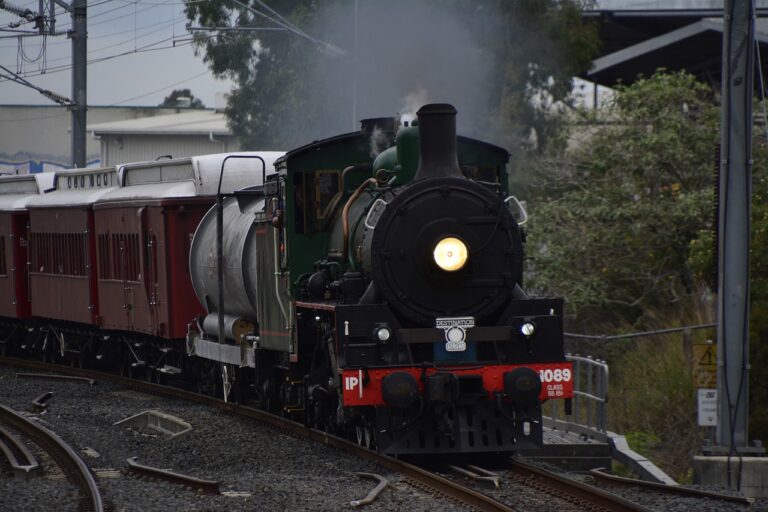The Importance of Work-Life Balance in Remote Work Environments
In remote work settings, the boundaries between work and personal life can easily blur. Without a clear line separating the two, individuals may find themselves working longer hours, checking emails at all hours, and feeling constantly “on call.” This continuous work mentality can lead to burnout, decreased productivity, and a negative impact on mental health.
Furthermore, when work-life balance is not prioritized, it can strain relationships with family and friends. Spending excessive time working can result in feelings of isolation and disconnection from loved ones. It is essential to establish boundaries and allocate time for both work and personal life to maintain overall well-being and happiness in a remote work environment.
The Impact of Work-Life Balance on Employee Wellbeing
Work-life balance plays a significant role in determining the overall wellbeing of employees. When individuals are able to effectively manage their work responsibilities alongside personal and family commitments, they are more likely to experience lower levels of stress and burnout. This balance allows employees to recharge, maintain good physical and mental health, and ultimately, feel more satisfied and fulfilled in both their professional and personal lives.
On the other hand, a lack of work-life balance can have detrimental effects on employee wellbeing. When work demands exceed personal boundaries, individuals may experience heightened levels of stress, exhaustion, and emotional strain. This can lead to decreased job satisfaction, poor physical health, and strained relationships with family and friends. Ultimately, prioritizing work-life balance is essential for fostering a positive and healthy work environment that supports the overall wellbeing of employees.
Strategies for Maintaining Work-Life Balance in a Remote Work Environment
In a remote work environment, it can be challenging to establish boundaries between work and personal life. One effective strategy for maintaining work-life balance is to create a designated workspace that is separate from your living area. By physically separating your work environment from your personal space, you can better signal to yourself and others when you are in work mode and when you are not.
Additionally, it is important to establish a clear daily routine to help structure your day. Setting specific work hours and taking regular breaks can help prevent burnout and ensure that you have time for personal activities outside of work. By sticking to a consistent schedule, you can better manage your time and prioritize tasks effectively, ultimately leading to a healthier work-life balance.







